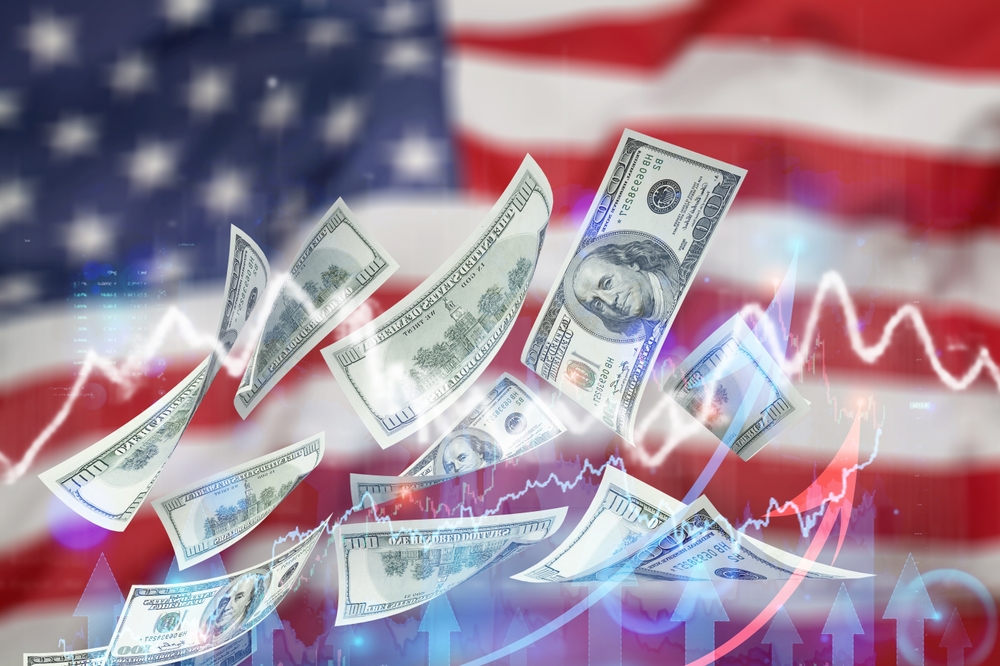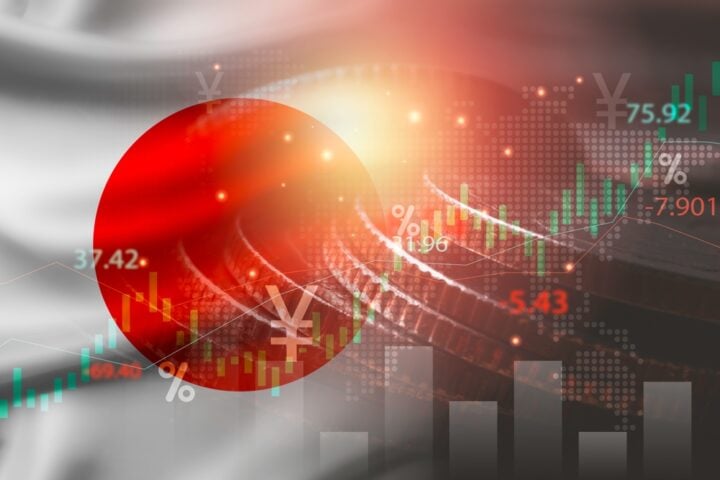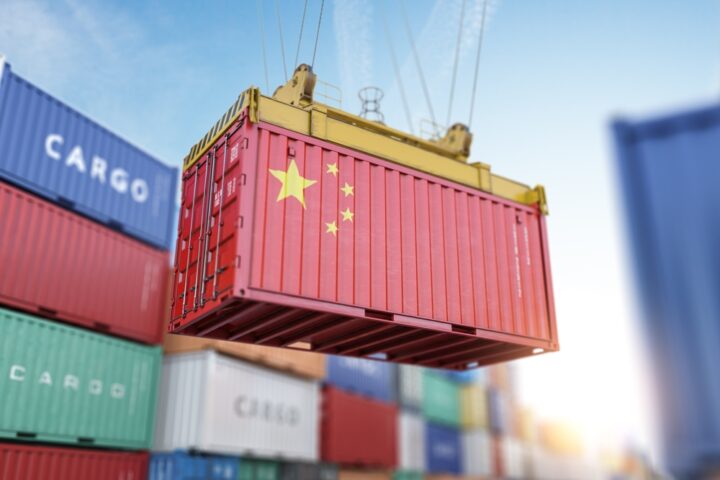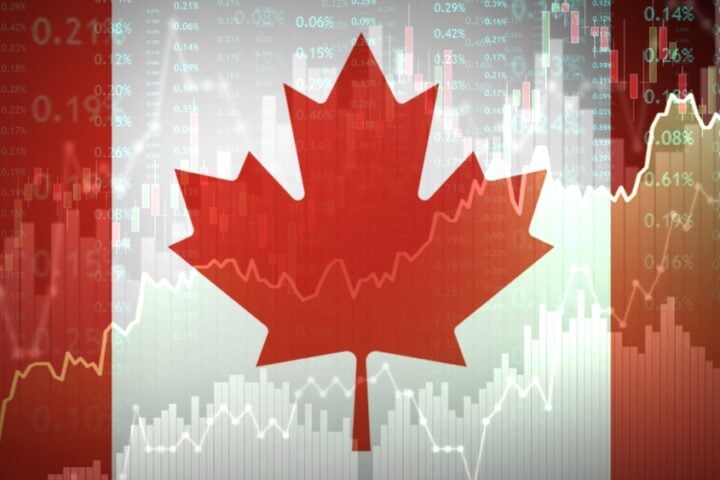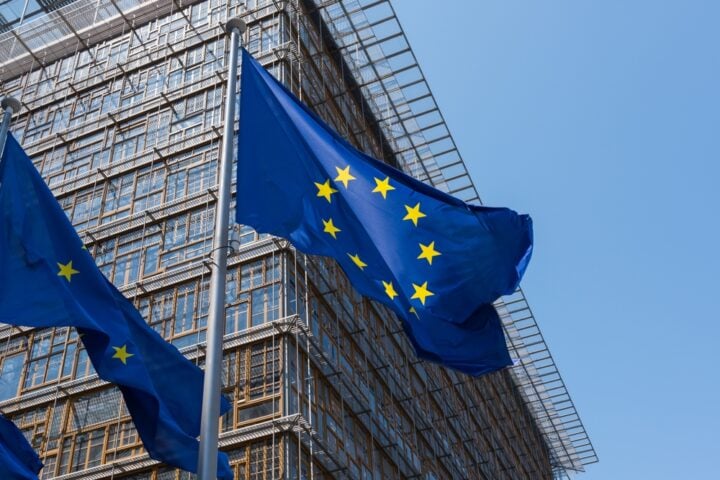Despite robust economic growth and inflation near the Federal Reserve’s target, a majority of Americans remain dissatisfied with the state of the economy as the presidential election approaches. U.S. gross domestic product (GDP) expanded at an annualized rate of 2.8% in the third quarter, surpassing expectations and signaling a resilient economy. Yet, high price levels and lingering inflation fears continue to dampen consumer sentiment, revealing a divide between economic data and public perception.
Strong Economic Indicators Point to a “Soft Landing”
The third-quarter GDP growth rate of 2.8% exceeded economists’ projections of 2.6%, according to a FactSet poll, though it fell slightly from the previous quarter’s 3% pace. Alongside GDP growth, the economy added 254,000 jobs in September, and inflation neared the Fed’s 2% target. Former Federal Reserve Bank of St. Louis President James Bullard called the current scenario a “soft landing,” describing it as a rare achievement where inflation is brought down without triggering a recession.
Economists see the economy’s resilience as remarkable, given the Federal Reserve’s aggressive interest rate hikes over the past two years. The Fed even cut rates in September, marking the first rate reduction in over four years, signaling confidence in inflation control and a shift toward supporting employment.
Persistent Consumer Gloom Despite Economic Gains
Despite these positive metrics, American consumers report a gloomier outlook than in pre-pandemic years. Analysts attribute this paradox partly to the lasting impact of higher prices since the 2022 inflation peak. A recent Brookings Institution study suggested that increased partisanship, media bias toward negative news, and a generational shift in sentiment contribute to low consumer confidence even amid strong economic conditions.
Consumer sentiment rose sharply in October, marking the fastest increase since March 2021. However, survey data shows that many Americans still feel the economic strain of high prices, even as the pace of inflation has slowed. The public’s concerns reflect a sense of economic trauma from recent inflation spikes, complicating the narrative of a “strong economy” as touted by officials.
Consumer Spending Drives Economic Growth
Consumer spending, which accounts for about 70% of U.S. economic output, was a major contributor to third-quarter GDP growth. Spending on durable goods surged, especially on big-ticket items, while service spending grew at a more moderate pace. Business investments and government spending also boosted the economy, although business growth was slightly weaker than in previous quarters.
The resilience in consumer spending highlights the underlying strength of the U.S. economy, even as the Federal Reserve shifts focus to balance inflation control with employment stability. The economy’s current momentum is a key factor in maintaining growth, even as uncertainties around public sentiment linger.
U.S. Growth Leads Among Advanced Economies
The Biden administration was quick to highlight these achievements. President Joe Biden emphasized the economy’s transformation under his leadership, framing the third-quarter growth as evidence of recovery from the “worst economic crisis since the Great Depression.” A White House official echoed this optimism, noting that annual average economic growth during the Biden administration has been stronger than any administration this century.
The International Monetary Fund (IMF) expects the U.S. economy to continue outperforming its peers, forecasting a 2.5% growth rate for the fourth quarter — the highest among the G7 advanced economies. The IMF’s expectations underscore the U.S.’s leading position in global economic recovery, with growth rates ahead of major counterparts.
The U.S. economy’s current trajectory suggests a rare “soft landing,” with steady GDP growth and moderated inflation supporting a positive outlook. However, public sentiment remains skeptical, with many Americans still feeling the effects of high prices and economic uncertainty. As the election looms, the gap between robust economic indicators and consumer perception reflects a complex reality for voters, one that economic resilience alone may not bridge. The coming months will reveal whether these economic gains can translate into greater public confidence or if concerns about inflation and economic inequality will persist.


